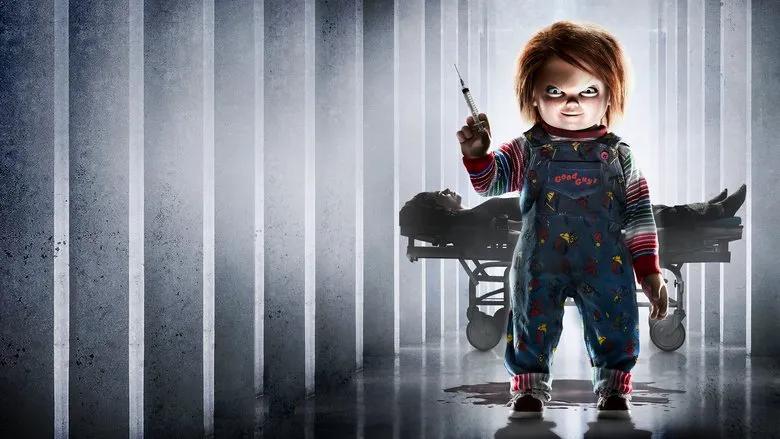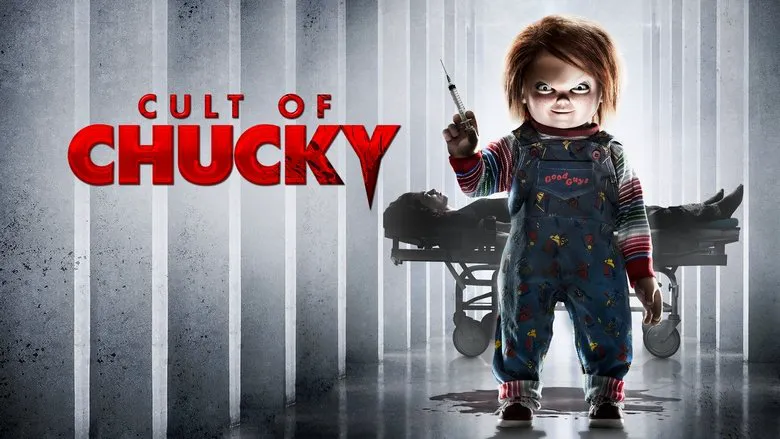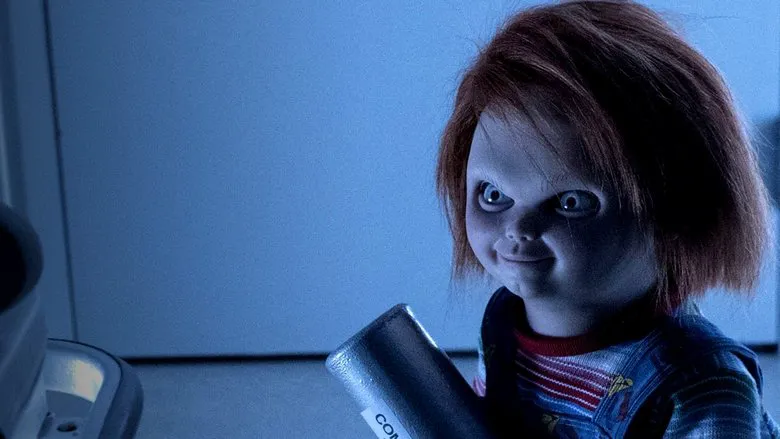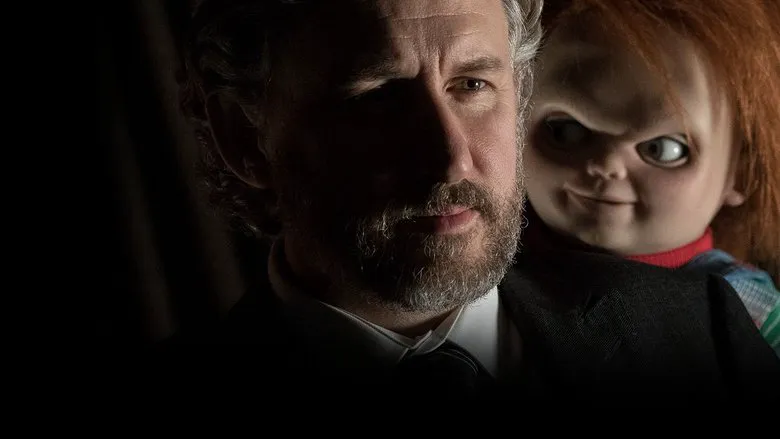Horror Movie Review: “Cult of Chucky” - A Franchise on Thin Ice?
In our “Scary Movies” section, we present reviews of horror films that, for various reasons, didn’t make it to wide theatrical release.
Several years have passed since the events of the previous film. Nica (Fiona Dourif) is wrongly blamed for Chucky’s carnage and confined to a maximum-security mental institution. After years of “treatment,” including psychological manipulation and electroconvulsive therapy, she almost believes she’s guilty. Nica is then transferred to a less restrictive facility, where her doctor decides to confront her fears by introducing a newly purchased Chucky doll during a therapy session, triggering a series of bizarre deaths.

Next year marks the thirtieth anniversary of the “Child’s Play” series, a milestone worthy of respect, especially considering Don Mancini, the original screenwriter of the first film, has been carrying the franchise almost single-handedly for the past fifteen years, taking on the director’s chair from the fifth installment onwards. While his initial directorial effort (“Seed of Chucky”) was a misstep – a clumsy horror-comedy where Chucky, among other things, offed Britney Spears – Mancini found something interesting in “Curse of Chucky” (2013), restoring the series’ dark atmosphere, adding brutality, and generously sprinkling it with fan service. Unfortunately, in “Cult of Chucky,” the director doesn’t just stumble; he tumbles headfirst downhill. Given that the film leaked onto pirate trackers a week before its official release, there’s a suspicion that the franchise might not make it to its thirtieth birthday.

Promising Setup, Disappointing Execution
“Cult of Chucky” has a promising premise: the action moves to a mental asylum where Nica is surrounded by a group of new, eccentric “crazies,” some of whom are quite intriguing. For example, there’s Malcolm, a guy with split personality who has sex with Nica and then re-introduces himself, or an elderly schizophrenic woman who believes she’s a ghost and invisible. This setup evokes “A Nightmare on Elm Street 3” and promises at least an engaging spectacle. For the first half-hour, the intrigue develops interestingly – several Chucky dolls appear in the clinic, and we’re left guessing which one is deadly (or if it’s all in Nica’s head).

A Descent into Silliness
Sadly, Mancini has never been a strong director, and his grip has only weakened over the years. At some point, “Cult of Chucky” simply falls apart, turning into a silly, illogical, unfunny, and unscary mess that makes you either furrow your brow in confusion or roll your eyes in disappointment. The director stages a few lively bloody scenes but fails to capitalize on the hinted plot twists, provides Chucky with the lamest jokes in the series’ history, and clumsily attempts to connect three storylines simultaneously. In addition to Nica’s story, there’s the parallel plot of the grown-up Andy Barclay (the main character of the first three films, again played by Alex Vincent), and Jennifer Tilly lurks somewhere on the sidelines, with scenes that were clearly filmed at the last minute.
 .jpg “Cult of Chucky”)
.jpg “Cult of Chucky”)
Worst of all, Mancini has abandoned the serious tone of the previous film and is again trying to be silly, but this time it’s chaotic, tasteless, and utterly flat (upon seeing Jennifer Tilly for the first time, Nica tells her that she looks a lot like the actress Jennifer Tilly). At the same time, the film has a very aesthetic visual style, and the combination of stupid jokes, nonsensical plot twists, and pretentious visuals (check out the scene under the glass ceiling!) creates a powerful cognitive dissonance.
Final Verdict: A Creative Impotence
We’ve seen this kind of “unmanned flight of thought” in a long-running franchise helmed by one person before – “Phantasm” went in a similar direction over time – but there, the “nonsense” was part of the concept. “Cult of Chucky,” unfortunately, comes across solely as evidence of creative impotence.